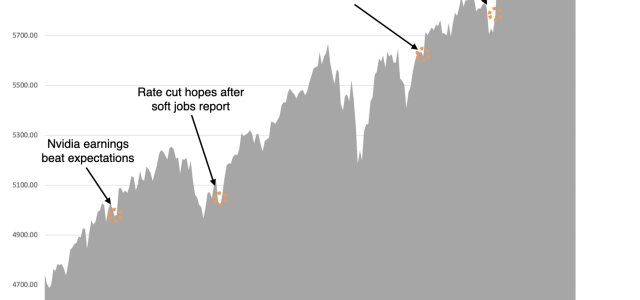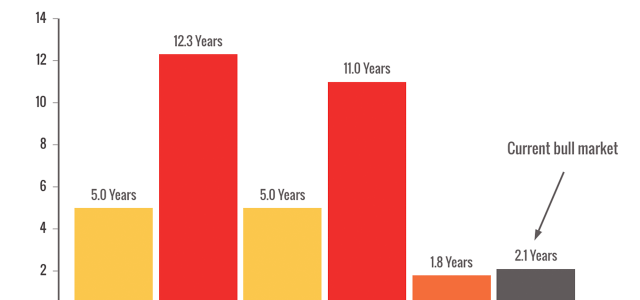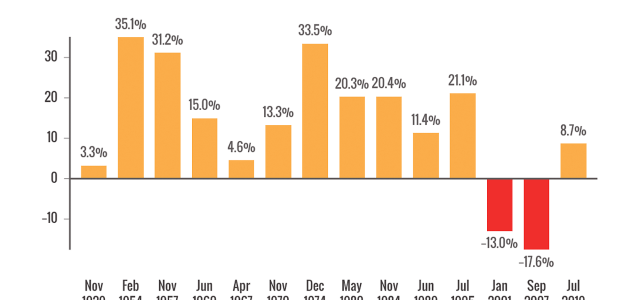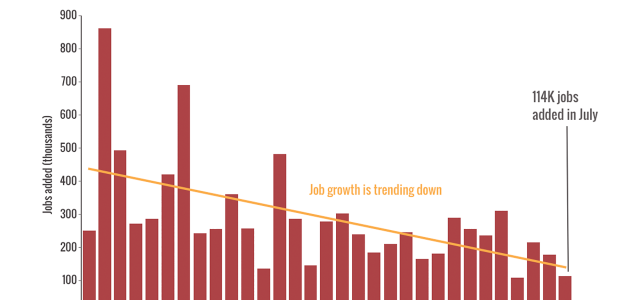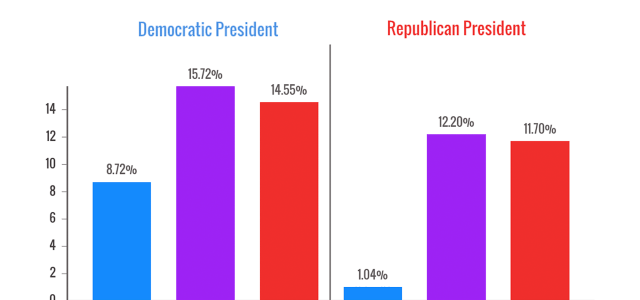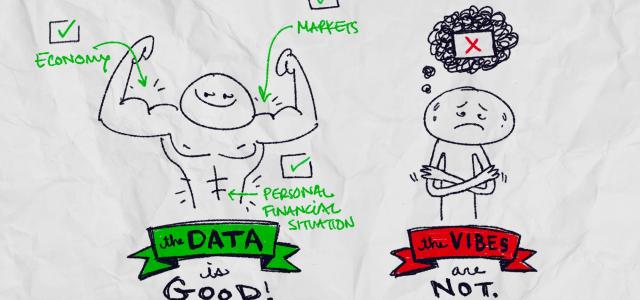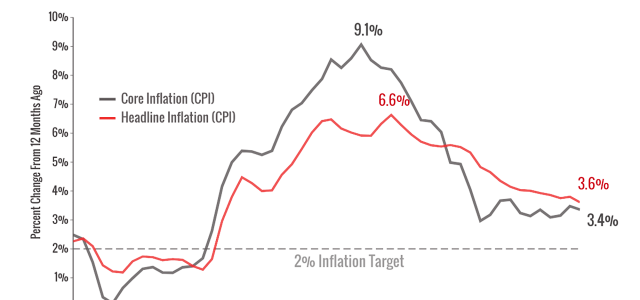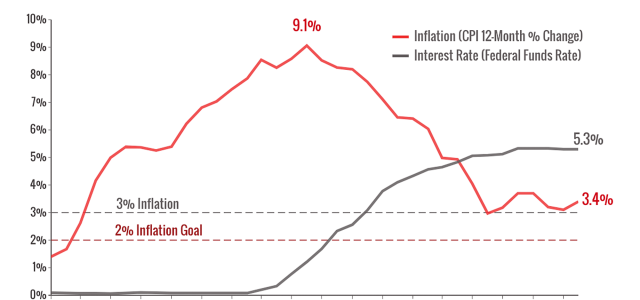Markets have been on a roller coaster, and investors are asking: Is a bear market on the way?
Read More
It’s been hard to miss the wave of attention-grabbing headlines lately. News cycles have been dominated by concerns over Big Tech’s earnings, trade tensions
Read More
As we step into 2025, I thought it would be beneficial to take a moment and reflect on what an extraordinary year 2024 was for investors.
Read More
Now that the election is over, what will the new administration prioritize in the new year? Take a look at a few things we’re watching in the months ahead.
Read More
What do presidential elections mean for your portfolio?
Read More
Why did the Federal Reserve cut rates? Learn more here.
Read More
It’s been a wild August for markets. Let’s review.
Read More
A lot has happened recently. Let’s review.
Read More
How do you feel about the state of the economy? In more contemporary terms, what are your "vibes" telling you?
Read More
After months of simmering inflation reports, it looks like inflation finally eased slightly in April. Are prices stabilizing? Can we breathe a sigh of relief
Read More
Markets have been very volatile lately. What’s going on? Let’s take a quick look at the factors that are influencing markets right now.
Read More
As we kick off 2024, the latest data is raising some concerns about inflation. Let’s dive into some data and take a look.
Read More




